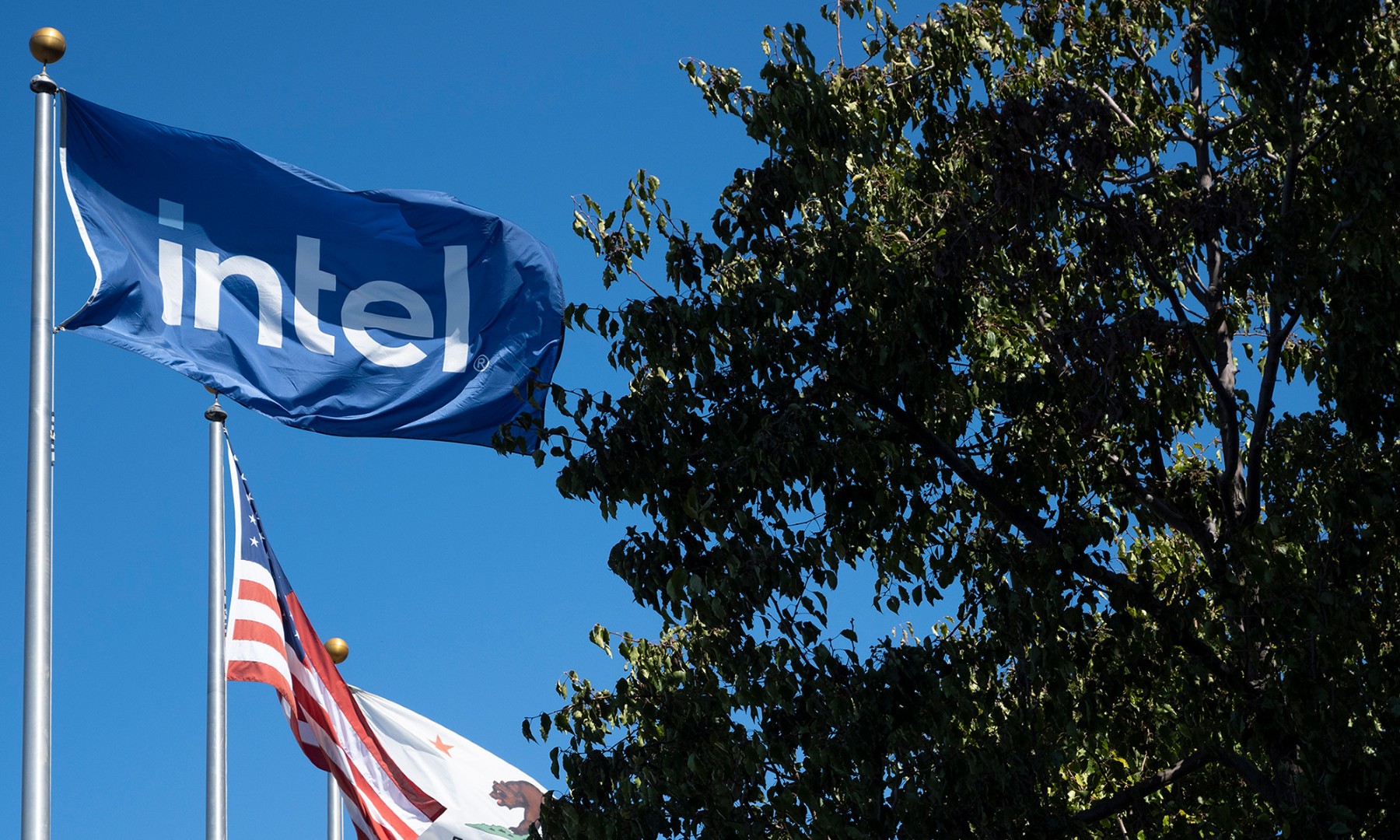In the broad worldwide move to LTE, chip companies that have failed to offer LTE-capable slim modems and system-on-chip products have seen cellular sales come under pressure. This is both due to a fierce average selling price environment as well as declining demand. Intel (INTC 4.30%), which, via its acquisition of Infineon Wireless, has a sizable 3G modem business that is seeing pretty fierce year-over-year declines. The bad news is that year-on-year comparisons will look bad throughout most of 2014, but the good news is that Intel's modem revenue has bottomed.
Intel's LTE solutions begin to ramp, modem revenue bottomed
At Intel's Investor Meeting, it gave a very useful chart illustrating the projected trajectory of its modem business during 2014:

Source: Intel.
In the most recent quarter, Intel's mobile and communications group revenue came in at a paltry $156 million -- down 61% from a year earlier. You can see that reflected roughly in the chart given here. The bad news is that this chart suggests that 2014 will be down relative to 2013, but the good news is that the full year won't be down anywhere close to what the ugly Q1 numbers suggested.

Source: Intel.
Interestingly, if we assume that 2014 will be down slightly from 2013, the division should generate revenue of about $1.2 billion for 2014. By no means will that narrow the loss (the loss will widen), but for those expecting that the company's modem business will continue to deteriorate sequentially throughout 2014, this should largely dispel that notion.
The competitive gap with Qualcomm shrinks
Intel's first-generation LTE modem, the XMM 7160, isn't particularly competitive with Qualcomm's current LTE offerings, but it is a start and is finding its way into a number of designs such as the Samsung (NASDAQOTH: SSNLF) Galaxy Note 3 Neo and the Galaxy K Zoom. The next-generation XMM 7260, which Intel has promised will be in devices by the end of the first half of 2014, should close that competitive gap quite nicely.
Now, while Intel will briefly have an LTE-Advanced Category 6 modem before Qualcomm does, do note that Qualcomm's will be built on a leading-edge 20-nanometer process and sport a 28-nanometer RF transceiver while Intel's modem is built on 28-nanometer and sports a 65-nanometer RF transceiver. Qualcomm's should be lower power and offer more features, but it comes later and could potentially cost more as the early 20-nanometer wafers will be quite expensive while 28-nanometer wafers should be dirt cheap.
Foolish bottom line
Intel's story in cellular continues to get better, although it's clear that the company has a long way to go before its mobile and communications group gets to breakeven and then profitability. The bad news is that Intel really has no choice; it needs to be successful in mobile for financial and strategic reasons. The good news is that 2014 really should be the worst of it financially and -- if all goes as planned -- the financial losses will be but a distant memory.






